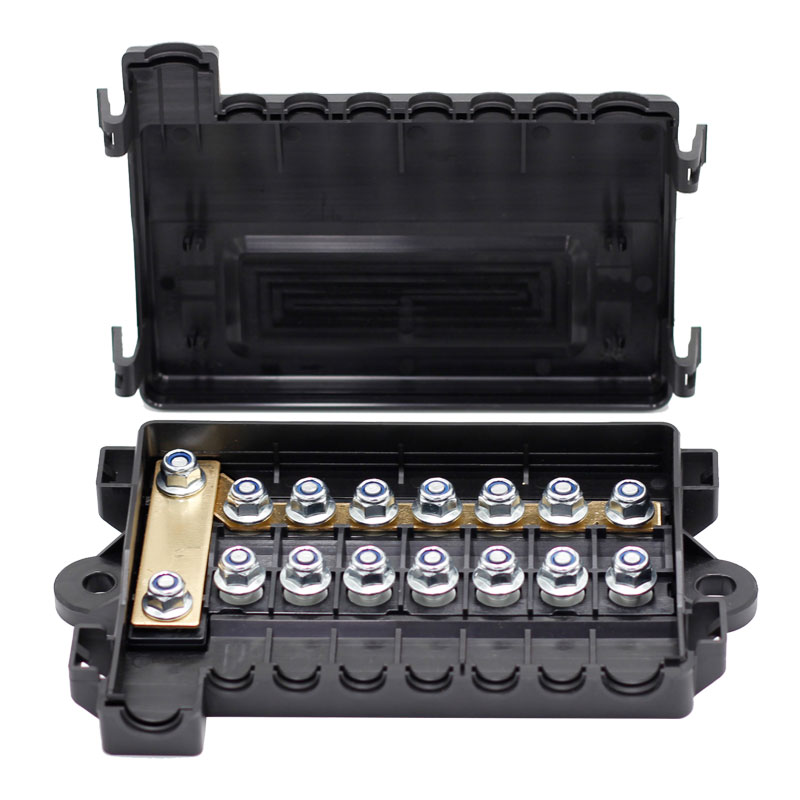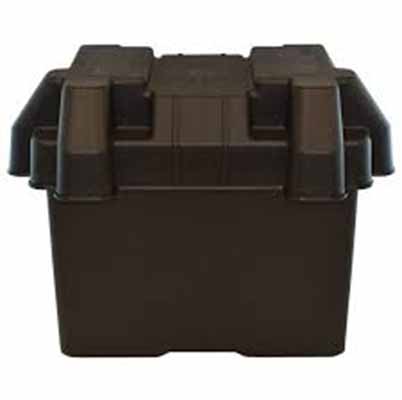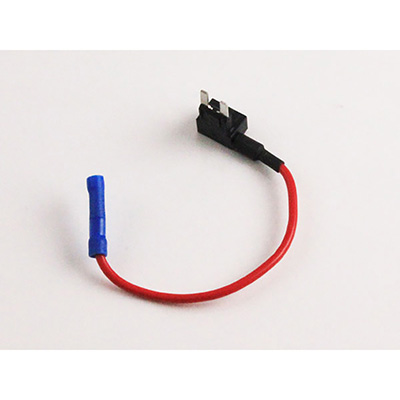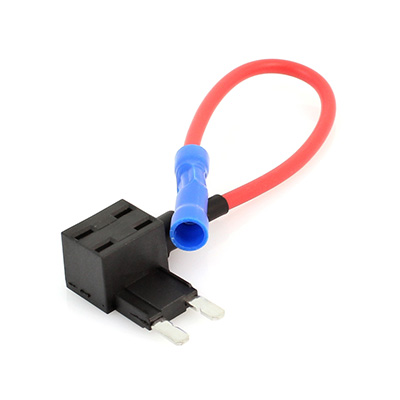How to Install a Car Fuse Holder in a Vintage Car Modern Adaptation
News 2025-10-20
Vintage cars offer timeless charm, but their outdated electrical systems can pose safety risks. Installing a modern car fuse holder addresses these issues by providing enhanced circuit protection and reliability. This upgrade is essential for enthusiasts adapting classic vehicles with contemporary components, ensuring better performance and longevity. By integrating a fuse holder, you safeguard against electrical faults, which are common in older wiring, and improve compatibility with modern accessories like LED lights or sound systems. This guide focuses on the practical steps for a seamless installation, highlighting how such modifications enhance safety and efficiency in daily use or restoration projects.

Gathering Necessary Tools and Materials
Before starting the installation, assemble the required tools and materials to ensure a smooth process. You’ll need a modern fuse holder kit compatible with your vintage car’s voltage system, typically 12V, along with wire strippers, crimping tools, electrical tape, and a multimeter for testing. Choose a fuse holder with features like waterproofing and corrosion resistance for better durability in harsh conditions. High-quality materials, such as marine-grade wire, offer superior performance advantages, reducing the risk of failures in vintage cars exposed to elements. This preparation step is crucial for adapting the fuse holder effectively, ensuring it fits the limited space in older dashboards or engine compartments.
Step-by-Step Installation Guide
Begin by disconnecting the car’s battery to avoid electrical shocks or short circuits. Locate the existing fuse box or wiring harness where the new fuse holder will integrate, often near the firewall or under the dashboard. Strip the wires carefully, then connect them to the fuse holder’s terminals using crimped connectors for a secure fit. Mount the fuse holder in a stable position, using brackets if needed, to prevent vibration damage during drives. Test the connections with a multimeter to confirm proper voltage flow and fuse functionality. This method leverages the performance advantages of modern fuse holders, such as quicker response times to overloads, which protect sensitive electronics better than original components in vintage cars.
1. What are the benefits of using a modern fuse holder in a vintage car?
It provides enhanced protection against electrical surges, improves reliability with better materials, and allows for easier maintenance compared to old systems.
2. How do I know if my vintage car needs a fuse holder upgrade?
Signs include frequent blown fuses, dimming lights, or exposed wiring; upgrading ensures safer operation and compatibility with new tech.
3. Can I install a fuse holder myself, or should I hire a professional?
DIY installation is feasible with basic tools and knowledge, but consulting a professional ensures optimal safety and performance for complex setups.


